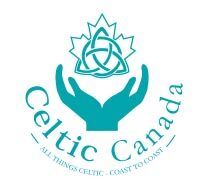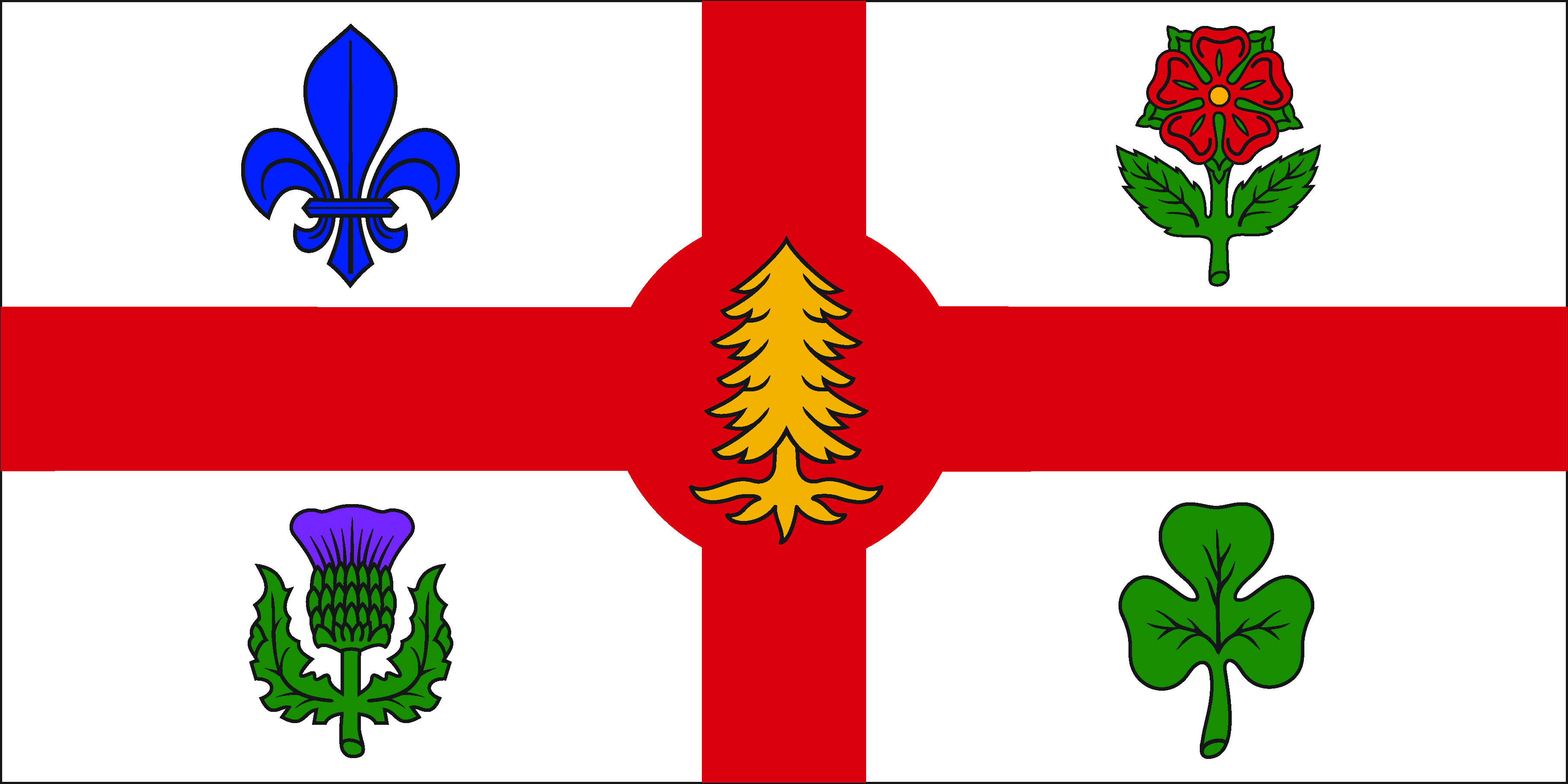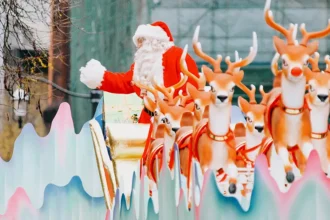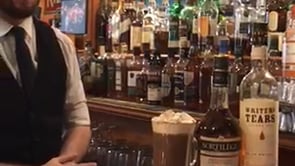The mayor of Montréal, Mr. Denis Coderre, accompanied by the Chief of the Assembly of First Nations of Quebec and Labrador (AFNQL), Mr. Ghislain Picard, highlighted Sept 13th, at the Palais des congrès, the 10th anniversary of the United Nations Declaration on the Rights of Indigenous Peoples. From this impetus, Montréal is embarking on a new chapter towards Reconciliation with Indigenous Peoples.
“Today is a historical day for Montréal. With the 375th anniversary of Montréal, now is the unique opportunity to express our deepest respect and our recognition towards the many peoples who have been living on this territory since ancestral times. By celebrating the 10 years of the United Nations Declaration on the Rights of Indigenous Peoples, Montréal acknowledges the pivotal role it plays on the international stage in the implementation of human rights and the rights of Indigenous peoples on a daily basis. As a Metropolis of Reconciliation, we wish to send a strong message of peace, justice and respect for human rights, all of which are principles to which the city is firmly committed,” declared the mayor of Montréal, Mr. Denis Coderre.
“To contribute to awareness-raising efforts, the AFNQL will take action and offer every school in First Nations communities in Quebec a framed copy of the text of the Declaration, which deserves to be promoted amongst children and young people. I would also like to highlight that the commitments and initiatives from the City of Montreal move us forward along the path of reconciliation and harmony. On behalf of the AFNQL, I encourage all municipal governments to follow suit, in their own way. Reconciliation necessarily involves a recognition of the past and the present, and we must pave the way to the future for our generations to come as they must coexist in a respectful environment, with dignity and collaboration, in the spirit of what the City of Montreal has put in place”, said the Chief of the Assembly of First Nations Quebec-Labrador, Mr. Ghislain Picard.
Endorsed to date by close to 150 countries, including Canada, the Declaration on the Rights of Indigenous Peoples represents the most exhaustive international instrument on the fundamental rights and liberties of Indigenous peoples (culture, identity, religion, language, territory, health, education, cooperation, etc.).
On August 21, 2017, Montréal city council unanimously adopted the resolution endorsing the Declaration.
Metropolis of Reconciliation with Indigenous Peoples
Earlier this morning the city unveiled the new city coat of arms and flag. This initiative is part of the city’s Strategy of Reconciliation with Indigenous peoples. The objective of this strategy is to recognize the millennial history of the territory on which Montréal was built.
Montreal has already undertaken numerous actions within the framework of its Reconciliation strategy, in particular:
- The naming of Park Tiohtià:ke Otsira’kéhne, toponym in the Kanienke’ha language, following a consultation of speakers in Mohawk communities. There is also a plan to increase the use of indigenous place names in Montreal;
- Support for Montreal’s Indigenous cultural events;
- Recognition of non-surrendered indigenous ancestral territory in pronouncements by the mayor and other city elected officials;
- The June 21 celebration at city hall, designated as the Montreal Indigenous Peoples’ Day by organizing a ceremony of new citizens with the Assembly of First Nations of Quebec and Labrador;
- The creation of a position of commissioner for Indigenous Peoples.
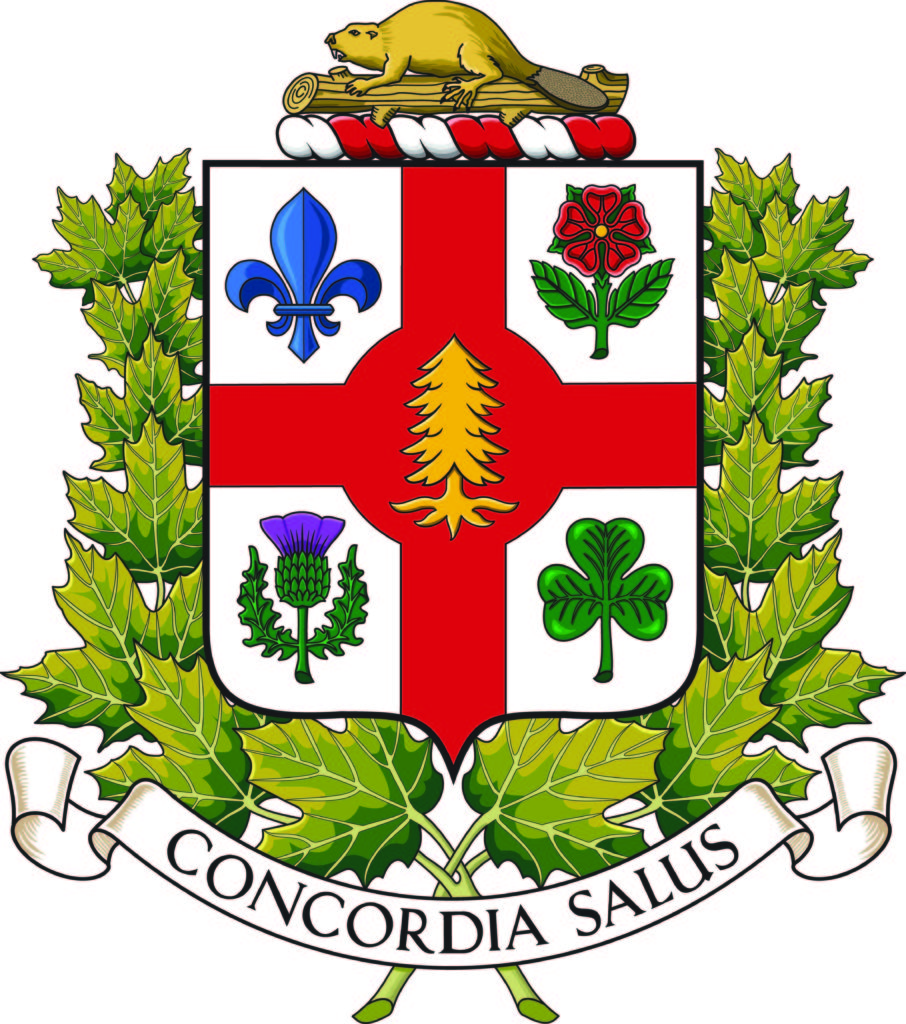 Montréal’s New Coat of Arms and Flag
Montréal’s New Coat of Arms and Flag
Montréal has changed is coat of arms and flag to better reflect the city’s origins, establish a “nation-to-nation” relationship with Indigenous Peoples and recognize their importance and fundamental historical contribution.
On September 13, 2017, as we celebrate the 10th anniversary of the United Nations Declaration on the Rights of Indigenous Peoples, Montréal presents its new coat of arms and flag with a white pine symbolizing the Indigenous Peoples, and standing for Peace and Harmony.
Iconic White Pine
The white pine now appears alongside the other emblems on the city’s coat of arms, spotlighting Montréal’s five founding peoples. It is in the centre of a circle open at the four compass points, representing the Circle of Life and the council fire—a place for meeting and dialogue.
The city’s new coat of arms now reflects the five peoples who are at the origin of our metropolis’s history and development. They are the First Nations, the French, the English, the Scottish and the Irish.
Form of shield — Following the example of the province, Montréal, whose history and beginnings are identical to it, has adopted the French form of shield.
The field — The field is silver to recall the old coat of arms which was created by the first mayor of Montréal, Jacques Viger.
Heraldic cross — The heraldic cross is emblematic of the Christian motives and principles which governed the founders of the city.
National emblems — The field is quartered to contain four floral designs each of which represents the ethnic origin of the Montréal population in the 19th century.
The flag

The city flag was first displayed in May 1939. The flag is blazoned with the same heraldic symbols as those of the coat of arms: the heraldic cross gules against a white background and the four iconic flowers in the white rectangles, with the white pine in the centre. The flag is twice as broad as it is long.
